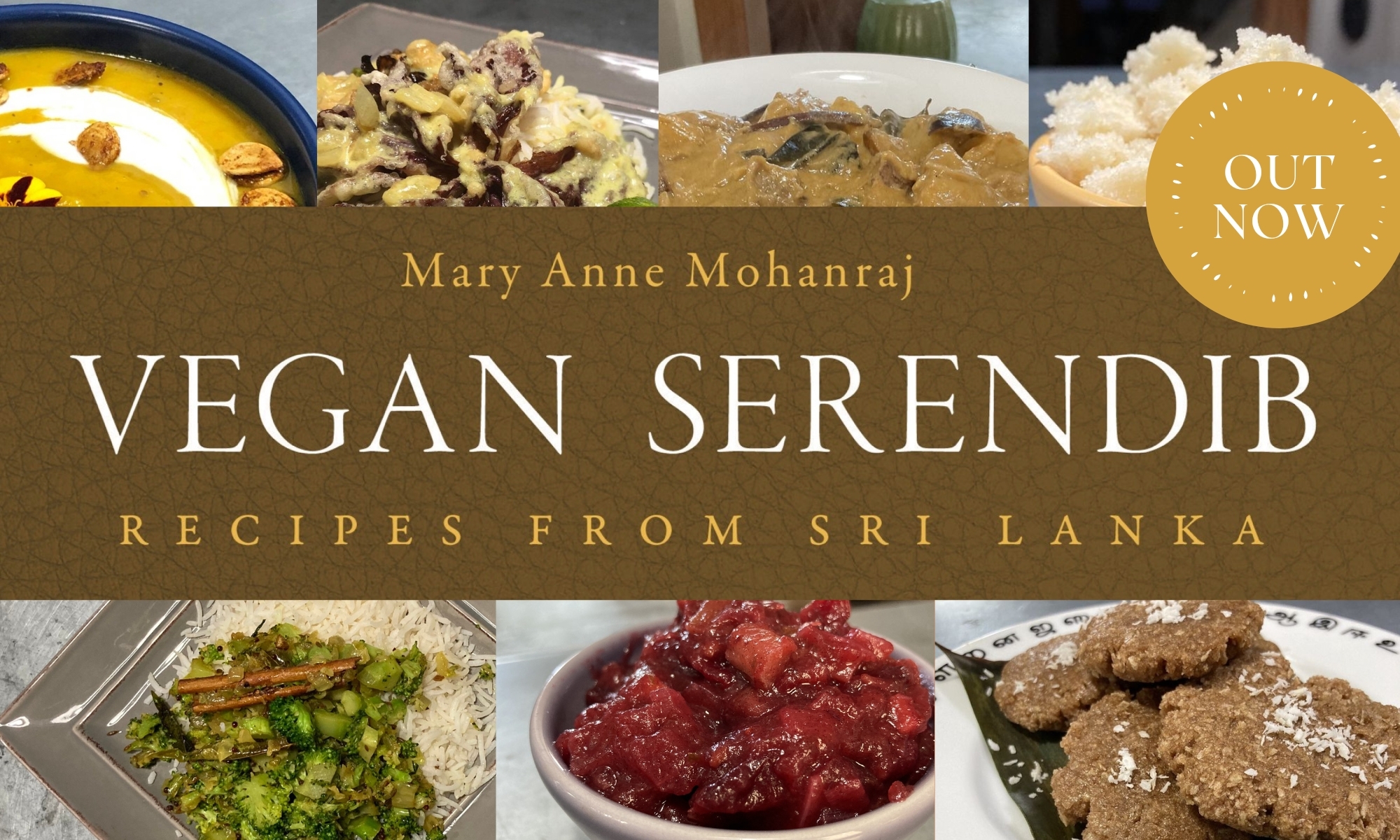(Continuing from previous post, last post in sequence).
So after all that, I needed a dessert for the refugees, right? I was originally going to make polvorosas (Venezuelan shortbread cookies) with the kids, but our schedule didn’t really work out for that. And I was really intrigued by a dish called majarete — sort of like a flan, but made with corn and coconut milk. Intriguing!
In case it’s not clear, while this project of cooking a lunch for 42 refugees was a fair bit of work, it was also a lot of fun for me. I love learning new things, and exploring a new-to-me-cuisine gave me plenty of reward for the labor. I could’ve just made lots of trays of mac-and-cheese with roasted broccoli, which I’ve made so often for the kids in the last decade that I can do it in my sleep, but learning to cook Venezuelan food was much more interesting!
Anyway, back to majarete. I’m not sure I’d recommend this one, unless you have a fair bit of time, because it had one really tedious step, be warned.
***
It starts out simple enough — simmering milk with cinnamon sticks and nutmeg. Easy-peasy.
The next step involved blending corn, coconut milk, cornstarch and sugar. I started to do this in my blender, and then realized that was a mistake (I made a LOT of dirty dishes with this particular recipe), because I’d have to do it three separate times for a triple batch. Instead, I dumped it all into my biggest pot (just fit), and pulled out the stick blender.
That worked pretty well, though it took a little longer to get it smooth than my regular blender would have. But then came the tricky bit — the final dish is supposed to have a silky-smooth texture, so you need to strain out any grainy corn bits. Reader, that took a while. And it was messy. My bowls weren’t big enough. There was corn everywhere.
I eventually had to get Kavi to stop watching Jane the Virgin (she’s on her third or fourth rewatch, and I suppose it’s solidifying her Spanish, which is something) to come help me, holding the sieve while I scraped with the spatula, trying to get the liquid to drip through…
…well, it took a while, okay. Cleaning up my kitchen also took a while. Let’s leave it at that.
***
Eventually, I was able to combine the sieved corn & coconut milk mixture with the milk/cinnamon/nutmeg mixture, and cook it down for a little bit, and pour it into two foil half-pans, and put them in the fridge to chill.
(Pro-tip — slide a cutting board underneath foil trays when moving them to the fridge or oven, if they have liquids inside. And for transport on the day of, flat pieces of cardboard cut from boxes work well.)
The end result — SO TASTY. I’m not going to make a triple batch again anytime soon, and I think maybe we should invest in a proper chinois — that might help with the sieving? I’m not sure. But I definitely like this quite a bit. If you like flan, coconut milk, and corn, I’d recommend trying majarete! (There are apparently pre-made mixes that are much less work…)
Recipe: https://blog.amigofoods.com/…/majarete-latin-corn-pudding/
***
And that was it — we packed up the food, along with some water and lemonade and juice boxes, drove them over, and the kids helped me deliver to the refugees (who also ran over to help carry things).
It honestly felt like so little to contribute — one meal, when their needs are clearly so great. One man asked me if I knew of anywhere a family of five could rent an apartment, and I had no idea. Kavi was trying to translate for me, since my Spanish is pretty terrible (so out of practice since studying in grad school), but hers isn’t so much better, so I’m really unclear on whether he actually had money for rent or not, for example. I hope a refugee org. can help them out soon.
It was truly pitiful, seeing the toddlers on that piece of concrete. I hope their parents can get them into a proper home soon.
***
If you’re wanting to donate, I’m honestly not sure what the best orgs would be — a quick search turned up Panas en Chicago (https://panasenchicago.org), but I haven’t vetted them, so if anyone knows more and wants to suggest orgs, please do feel free to leave the details in the comments:



























































